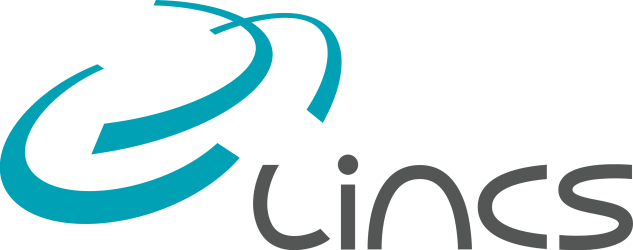In visible light communications (VLC), LEDs are used for not only illumination but also communications. LEDs can further be used to support indoor positioning with high accuracy. Together with advantages such as high data rates, free from radio frequency interference and energy efficiency, VLC would be crucial for Internet-of-Things (IoT) applications as diverse as autonomous vehicles, robotics & sensing and smart home & office. In the first part of this talk, a brief overview of our visible light positioning systems for IoT applications will be given.
It is essential to obtain accurate estimates of the channel gains between receiver and multiple light sources in VLC networks. When there are multiple transmitters, time-division multiple access (TDMA) is typically used in the channel estimation phase of radio frequency systems. However, the estimation performance of TDMA-based schemes in VLC networks is substantially impacted by the maximum power constraint and desired average power constraint that are unique to visible light systems. Under these constraints, this talk shows a fundamental lower bound on the total noise variance at the receiver. The necessary and sufficient conditions for the bound to hold with equality are derived. This talk also illustrates a one-to-one correspondence between a balanced incomplete block design and an optimal pilot design with minimal total noise variance. Methods for constructing pilot sequences, which satisfy an arbitrary average power constraint, are shown.
